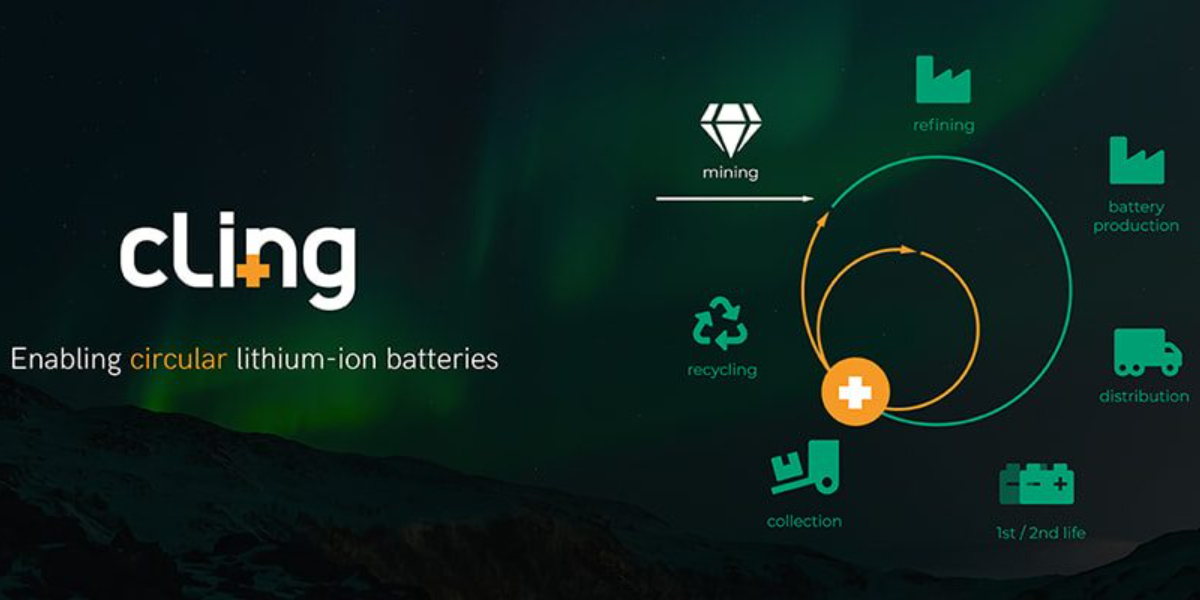AWARD YEAR
2023
CATEGORY
Community
GOALS
Affordable & Clean Energy, Industry, Innovation & Infrastructure, Responsible Consumption & Production
KEYWORDS
ev batteries, recycling, online mine, trading, Battery
COUNTRY
Sweden
DESIGNED BY
Cling Systems
WEBSITE
https://www.clingsystems.com/
Cling Systems
Closing the loop of electric vehicle batteries
How does it work?
Currently, when EV batteries reach the end of their life, they often end up in a fragmented system of car dismantlers, workshops, and wreckers. But connecting these to the businesses who want to use or recycle old batteries is difficult. In fact, according to Cling, logistics can account for almost 50 per cent of recycling costs. In response, the startup has developed an intelligent collection and trading platform that connects vehicle manufacturers and buyers of end-of-life batteries to vehicle scrap yards and dismantlers. Cling’s platform aims to solve the logistics issues that prevent end-of-life batteries from being reused. It does this by aggregating data to allow recyclers and dismantlers to connect with buyers of end-of-life batteries. Through efficient matching of supply and demand, Cling enables the development of a circular battery recycling system while also maintaining a competitive market for the batteries.
Why is it needed?
According to the IEA, the number of electric cars on the world’s roads by the end of 2021 was about 16.5 million, triple the amount in 2018. While this may seem like great news for the environment, it is not all positive. That is because the current recycling rate for electric vehicle (EV) batteries is extremely low, with some estimates putting it at just five per cent. For electric mobility to represent a truly sustainable solution, this needs to change, and Stockholm-based Cling Systems is one of the organisations working on a solution.
How does it improve life?
"Circularity is all about efficient collection and sorting (ask anyone at a recycling company). Collection is all about creating the right incentives to the waste owners. As waste becomes assets, together with legislation, those incentives all about are trading.
Cling is digitising the trading of waste batteries and mapping their critical raw materials. We call this intricate map the Online Mine.
In short, Cling aims to bring 3 core values to the market:
Reduced market friction by connecting industry players and setting up terms that distributes the risks across multiple participants.
Increased transparency by tracking and tracing where end-of-life batteries are, and where they go. Future-compatible with any battery passport regulations.
Reduced logistics costs by effectively clustering and consolidating the fragmented supply."



